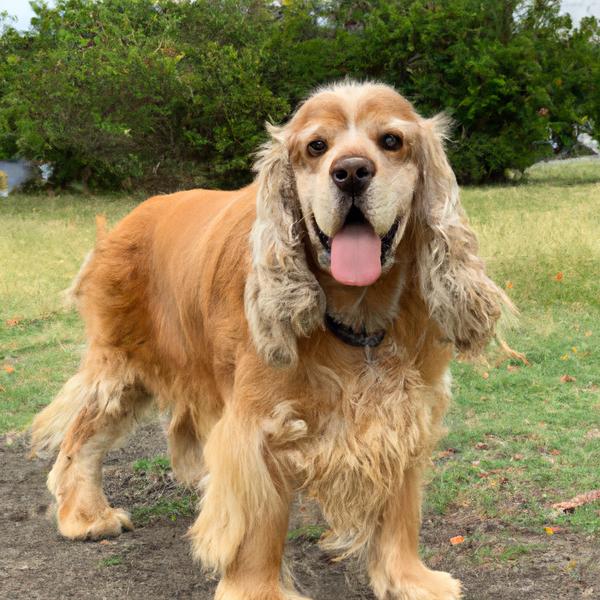Siberian Cocker vs. Rat-A-Pap: Breed Differences and Similarities
Hypoallergenic
Are Siberian Cockers or Rat-A-Paps hypoallergenic, or neither?
Unfortunately, neither Siberian Cocker nor Rat-A-Pap are hypoallergenic, which may not make them the best choice for dog lovers who suffer from pet allergies.
Temperament
What are the personalities of Siberian Cocker and Rat-A-Pap dogs?
Playful
Alert
Intelligent
Friendly
Outgoing
Affectionate
Gentle
Trainable
Quiet
Faithful
Loving
Happy
Energetic
Alert
Intelligent
Friendly
Affectionate
Lively
Inquisitive
Shedding Level
Do Siberian Cockers shed more than Rat-A-Paps, or which breed sheds more, Siberian Cockers or Rat-A-Paps?
Siberian Cockers are heavy shedders, but regular brushing can help manage shedding and promote a healthy coat.
Rat-A-Paps are moderate shedders, but regular brushing can reduce shedding and maintain coat health.
Watchdog Ability
Which dog breed makes a better watchdog, the Siberian Cocker or Rat-A-Pap?
The Siberian Cocker and Rat-A-Pap dogs are average watchdogs. If they sense something different, these breeds will alert their owner.
Ancestry
What are the origins of Siberian Cocker and Rat-A-Pap breeds?
Siberian Husky, American Cocker Spaniel
Papillon, American Rat Terrier
Breed recognition
Which kennel clubs recognize/register Siberian Cocker and Rat-A-Pap?
ACHC = American Canine Hybrid Club
DRA = Dog Registry of America, Inc.
IDCR = International Designer Canine Registry®
ACHC = American Canine Hybrid Club
DDKC = Designer Dogs Kennel Club
IDCR = International Designer Canine Registry®
Date of Birth
When were Siberian Cocker and Rat-A-Pap breeds first developed?
Unknown
Eye Color Possibilites
What are the eye colors of Siberian Cocker and Rat-A-Pap dogs?
Blue
Hazel
Brown
Brown
Nose Color Possibilites
What are the natural nose colors of Siberian Cocker and Rat-A-Pap?
Black
Black
Coat Length
What is the typical coat length for Siberian Cocker and Rat-A-Pap breeds?
Siberian Cockers are known for their coat length.
Rat-A-Paps have medium-length coats.
Coat Density
What is the density of the coat of Siberian Cocker and Rat-A-Pap?
Coat Texture
What is the hair texture of Siberian Cocker and Rat-A-Pap?
Straight
Litter Size
What is the usual litter size for Siberian Cocker and Rat-A-Pap?
A Siberian Cocker can have a litter of 6-8 puppies on average. However, it's worth noting that the size of the litters can vary greatly. Factors that can influence litter size include the health of the mother, breeding history, and genetics.
A Rat-A-Pap can have a litter of 5-7 puppies on average. However, it's worth noting that the size of the litters can vary greatly. Factors that can influence litter size include the health of the mother, breeding history, and genetics.
Adaptability
Siberian Cocker and Rat-A-Paps are known for their adaptability and versatility. They are capable of adapting well to a wide range of lifestyle changes and living environments, making them great companions for families and individuals of all lifestyles.
Health Issues
Between Siberian Cocker and Rat-A-Pap, which breed is more prone to health problems?
Siberian Cocker and Rat-A-Pap breeds are generally considered to be healthy. However, like all breeds, they are susceptible to certain health issues and it is important to keep an eye out for them and address them with your veterinarian as needed.
Major Concerns
What are the major health concerns for Siberian Cocker and Rat-A-Pap breeds?
Ectropion
Cardiomyopathy
Progressive Retinal Atrophy
Cataracts
Liver Disease
Hip Dysplasia
Bladder Stones
Congenital Heart Disease
Phosphofructokinase (PFK) Deficiency
Kidney Stones
Hip Dysplasia
Minor Concerns
What minor health issues should be kept in mind when owning Siberian Cocker and Rat-A-Pap?
Otitis Externa
Cherry Eye
Allergies
Hypothyroidism
Patellar Luxation
Cataracts
Glaucoma
Von Willebrand's Disease
Hypothyroidism
Dental Problems
Occasional Tests
What occasional tests are recommended for Siberian Cocker and Rat-A-Pap breeds?
Full Physical Examination
Blood Sugar and Thyroid Tests
Chest X-rays
Eye and Ear Examination
Free Thyroxine (T4) Levels
Radiographs
Blood Analysis
Blood Sugar and Thyroid Tests
Complete Physical Examination
Energy
How do the energy levels of Siberian Cockers and Rat-A-Paps compare?
Siberian Cockers are suitable for those with a balanced lifestyle as they have an average energy level.
Rat-A-Paps' high energy levels make them unsuitable for a low-key dog, choose accordingly.
Social Needs
Siberian Cocker vs Rat-A-Pap social needs comparison
Siberian Cocker has above average social needs and thrives with interaction with humans and other dogs.
Rat-A-Pap has very high social needs and requires regular mental and physical stimulation, a job or purpose, and companionship.
Exercise Needed
Siberian Cocker vs Rat-A-Pap exercise need comparison.
Siberian Cockers require significant physical activity and suit those with an active lifestyle.
Rat-A-Paps need moderate physical activity and are great for families and active individuals.
Sleeping Need
Which of the two sleeps the most/least: Siberian Cocker or Rat-A-Pap?
Siberian Cockers are active and require sufficient sleep to stay healthy.
Rat-A-Paps sleep less than other breeds but still need adequate sleep for good health.
Tendency to Bark
Do Siberian Cockers or Rat-A-Paps bark more/less frequently?
Siberian Cocker and Rat-A-Paps tend to bark moderately, they bark when necessary, such as to alert their owner or to communicate something. They may also bark due to certain triggers like fear, alarm, boredom, greeting, separation anxiety and compulsive barking.
Mouthiness
Mouthiness Comparison: Siberian Cocker vs Rat-A-Pap?
Roaming urge
Siberian Cocker vs Labrador: Running away tendency?
Prey Drive
Siberian Cocker or Rat-A-Pap - which breed has a higher level of prey drive?
Past times
What are some enjoyable activities and ways to keep Siberian Cocker and Rat-A-Pap entertained?
Playing fetch, Fetch, Runnig, Training
Playing Ball, Swimming, Visiting Family, Snuggling, Car rides
Activity Level
Which breed has higher energy, Siberian Cockers or Rat-A-Paps?
Siberian Cockers are medium-energy dogs and typically enjoy socializing and playing casual or even sustained games of chase with other dogs. They may also have occasional periods of barking or racing around the house.
Rat-A-Paps are high-energy dogs. They need mental as well as physical exercise. These dogs require a lot of your involvement and without it they can, and will, become problematic dogs.
Tolerance of being left alone
Walks per Week
How many miles should Siberian Cocker or Rat-A-Pap walk each week?
There's really no limit to how far you walk your dog as long as they're comfortable. For Siberian Cocker, it's at least 8 miles / week. Just remember to build distance and stamina gradually over time.
There's really no limit to how far you walk your dog as long as they're comfortable. For Rat-A-Pap, it's at least 10 miles / week. Just remember to build distance and stamina gradually over time.
Activity per Day
Do Siberian Cockers or Rat-A-Paps require more exercise?
Both Siberian Cocker and Rat-A-Pap typically require a minimum of 60 minutes of exercise each day. The exercise can be spread throughout the day and may involve high-energy activities like walking, running, and playing.
Grooming
Which breed is easier to maintain in terms of grooming, Siberian Cockers or Rat-A-Paps?
The Siberian Cocker requires an average amount of grooming compared to other breeds.
The Rat-A-Pap has low grooming needs and is easy to maintain.
Brushing Frequency
What is the recommended brushing frequency for Siberian Cocker and Rat-A-Pap dogs?
Siberian Cocker and Rat-A-Pap should be brushed at least once a week. Of course, you can give them more frequent brushes if you find that they are still shedding a lot.
Brushing Tools
What brushing tools are used for Siberian Cockers and Rat-A-Paps?
Slicker Brush
Comb
Scissors
Nail Clipper
Pin Brush
Slicker Brush
Nail Clipper
Cups
How much food should be given to Siberian Cocker or Rat-A-Pap in cups?
Siberian Cocker and Rat-A-Pap share the same recommended daily food intake of 1 cups, although the appropriate quantity may vary depending on the quality and nutritional content of their food.
Daily Cost
Which breed has a higher daily cost, Siberian Cocker or Rat-A-Pap?
The average cost of a Siberian Cocker is somewhere $1.30 - $1.40 per day.
The average cost of a Rat-A-Pap is somewhere $1.40 - $1.70 per day.
Monthly Cost
Which breed has a higher monthly cost, Siberian Cocker or Rat-A-Pap?
The average per month expenses of a Siberian Cocker is between $42 - $42. This makes an average of $504 - $504 per year. It will be on the higher side when the dog is still small because it will need more frequent visits to the vet, shots.
The average per month expenses of a Rat-A-Pap is between $35 - $42. This makes an average of $420 - $504 per year. It will be on the higher side when the dog is still small because it will need more frequent visits to the vet, shots.
Intelligence
Comparing Intelligence: Siberian Cockers vs Rat-A-Paps
The Siberian Cocker and Rat-A-Pap breeds are considered very intelligent and easy to train.
Sensitivity Level
How do Siberian Cocker and Rat-A-Pap compare in sensitivity?
This breed is sensitive to its environment and best suited for patient and understanding families with a consistent routine.
This breed is sensitive and requires gentle handling and a calm home environment.
Affection Dependance
Which is the more affectionate dog breed: Siberian Cocker vs Rat-A-Pap?
Apartment Friendly
Which breed is more apartment-friendly: Siberian Cocker or Rat-A-Pap?
Siberian Cocker and Rat-A-Pap are apartment-friendly dog breeds. They can do perfectly well in apartments providing they are sufficiently exercised and taken out and about as part of their owner's daily lifestyle.
Child Friendly
Do Siberian Cockers or Rat-A-Paps have a friendlier temperament towards children?
The typical characteristics of Siberian Cocker and Rat-A-Pap indicate that this breed of dog is an ideal companion for kids and makes them family pets. Their gentle and protective nature and calm mentality make them gel along quickly with the younger humans.
Senior-friendly
Which dog is more suitable as a pet for the elderly - Siberian Cocker or Rat-A-Pap?
Cat Friendly
Do Siberian Cocker or Rat-A-Pap breeds have a better compatibility with cats?
Siberian Cockers are average in their friendliness toward cats and tend to do well with them, especially if raised together.
Rat-A-Paps are very friendly with cats and make great companions for them.
Dog Friendly
Which breed is more sociable with other dogs: Siberian Cocker or Rat-A-Pap?
Siberian Cockers are generally very friendly towards other dogs, with a happy and affectionate temperament.
Rat-A-Paps are average in their friendliness towards other dogs, and socialization can help.
Pet friendly
How do Siberian Cocker or Rat-A-Pap dogs interact with other pets?
Stranger Friendly
Which breed is more friendly with strangers: Siberian Cocker or Rat-A-Pap?
Siberian Cockers are averagely friendly around strangers but benefit from early socialisation.
Rat-A-Paps are highly friendly around strangers.
Playfulness
Which breed is more playful between Siberian Cocker and Rat-A-Pap?
Siberian Cocker and Rat-A-Pap are playful dogs. So, no matter how busy the day may get, the best thing you can do for Siberian Cocker and Rat-A-Pap is to make time each day to play. It can be as little as 15-20 minutes, and it will mean the world to them.
Trainability
How do the trainability levels of Siberian Cockers and Rat-A-Paps compare?
Siberian Cockers are usually easy to train but require consistency to fully obey commands.
Rat-A-Paps are popular for their ease of training and quick learning ability.
Compare Siberian Cocker with other breeds
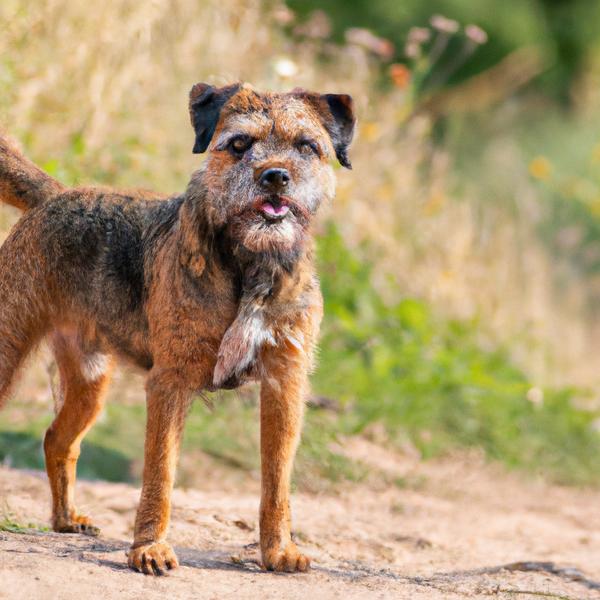
Border Terrier
Siberian Cocker vs Border Terrier
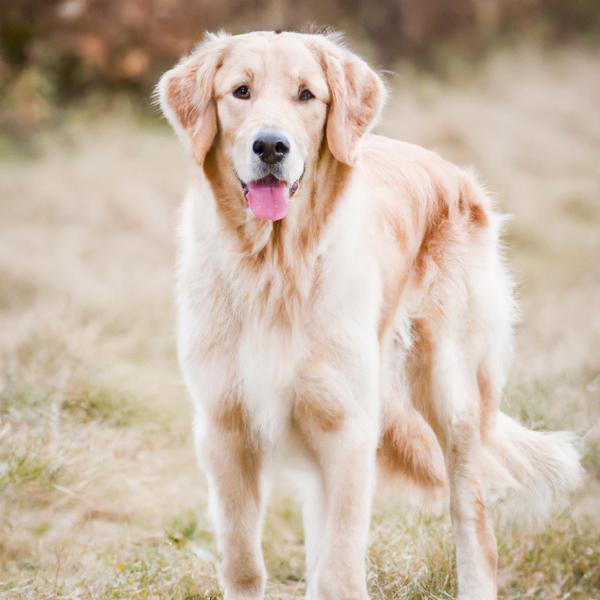
Golden Border Retriever
Siberian Cocker vs Golden Border Retriever
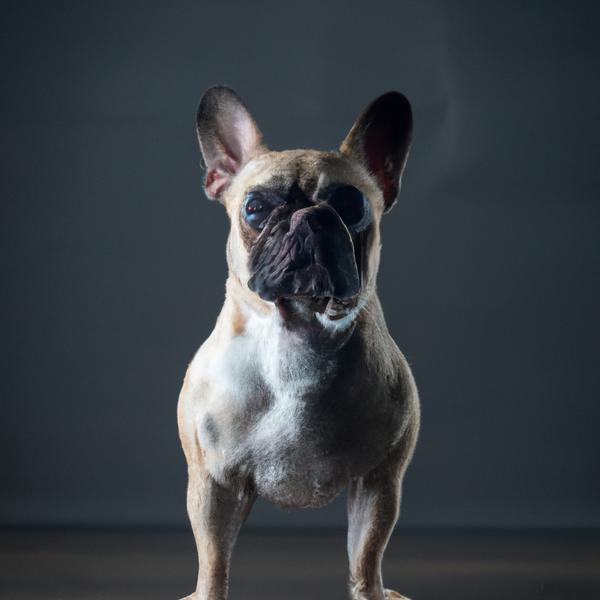
French Pin
Siberian Cocker vs French Pin
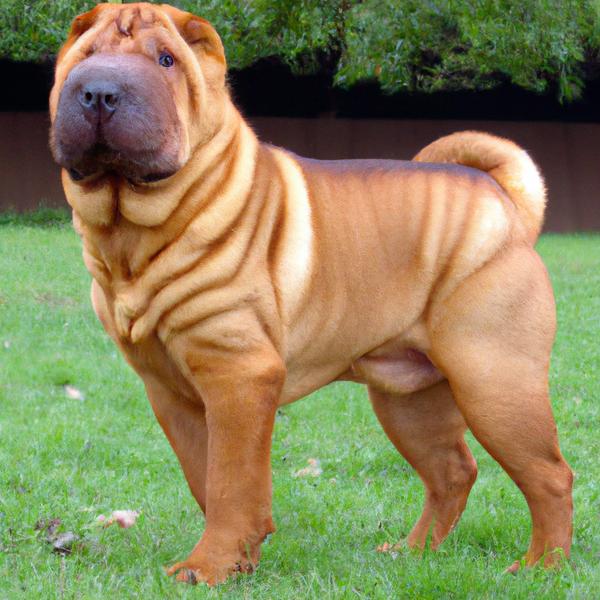
Ori Pei
Siberian Cocker vs Ori Pei

West Australian Terrier
Siberian Cocker vs West Australian Terrier
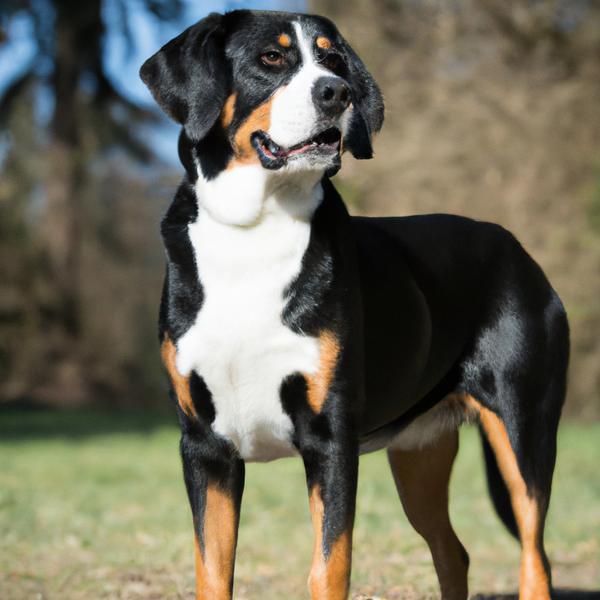
Greater Swiss Mountain
Siberian Cocker vs Greater Swiss Mountain
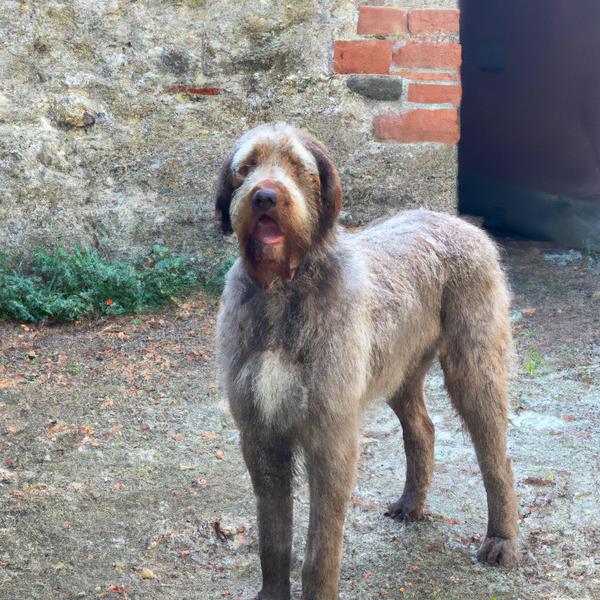
Spinone Italiano
Siberian Cocker vs Spinone Italiano

Blue-Tzu Heeler
Siberian Cocker vs Blue-Tzu Heeler
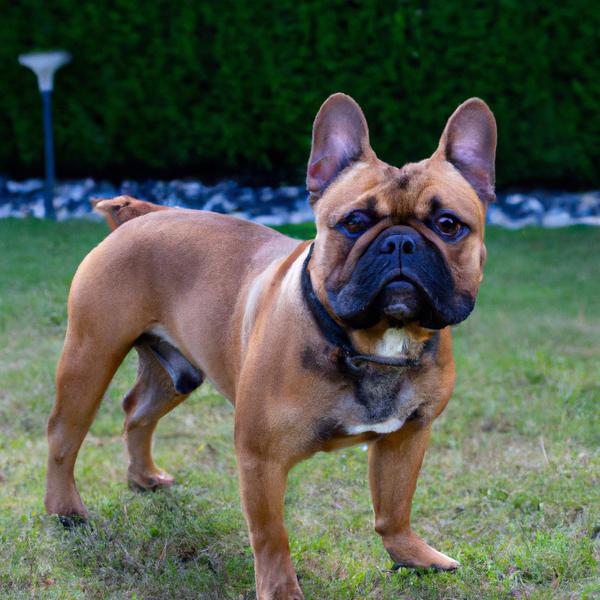
French Masti-Bull
Siberian Cocker vs French Masti-Bull
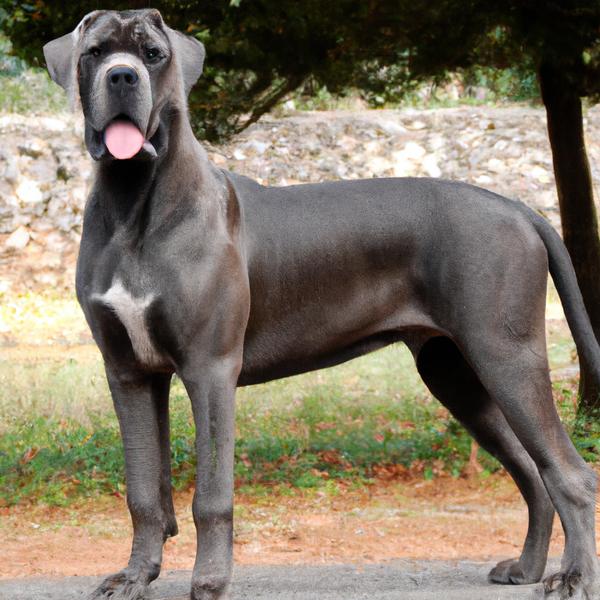
Presa Dane
Siberian Cocker vs Presa Dane

Chi-Chi
Siberian Cocker vs Chi-Chi
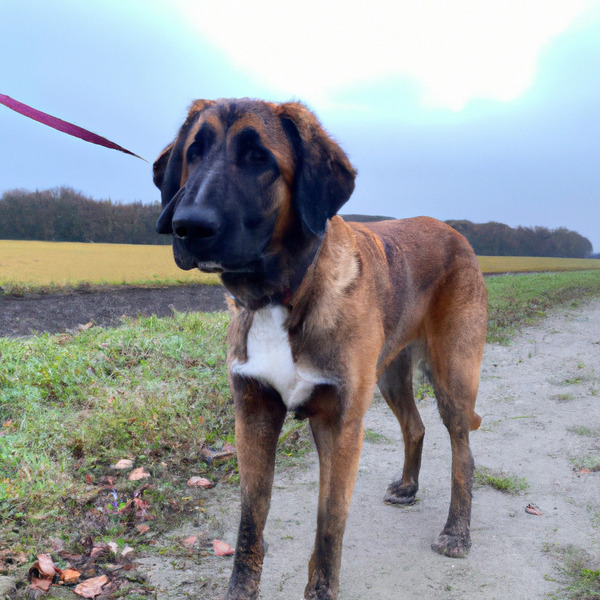
Dutch Smoushond
Siberian Cocker vs Dutch Smoushond
